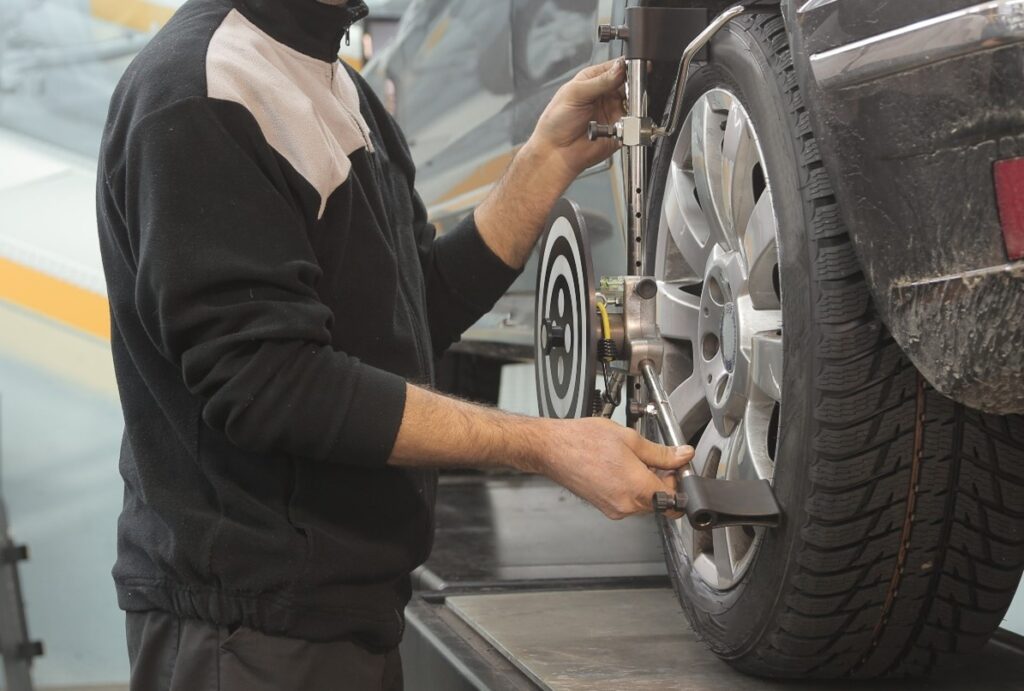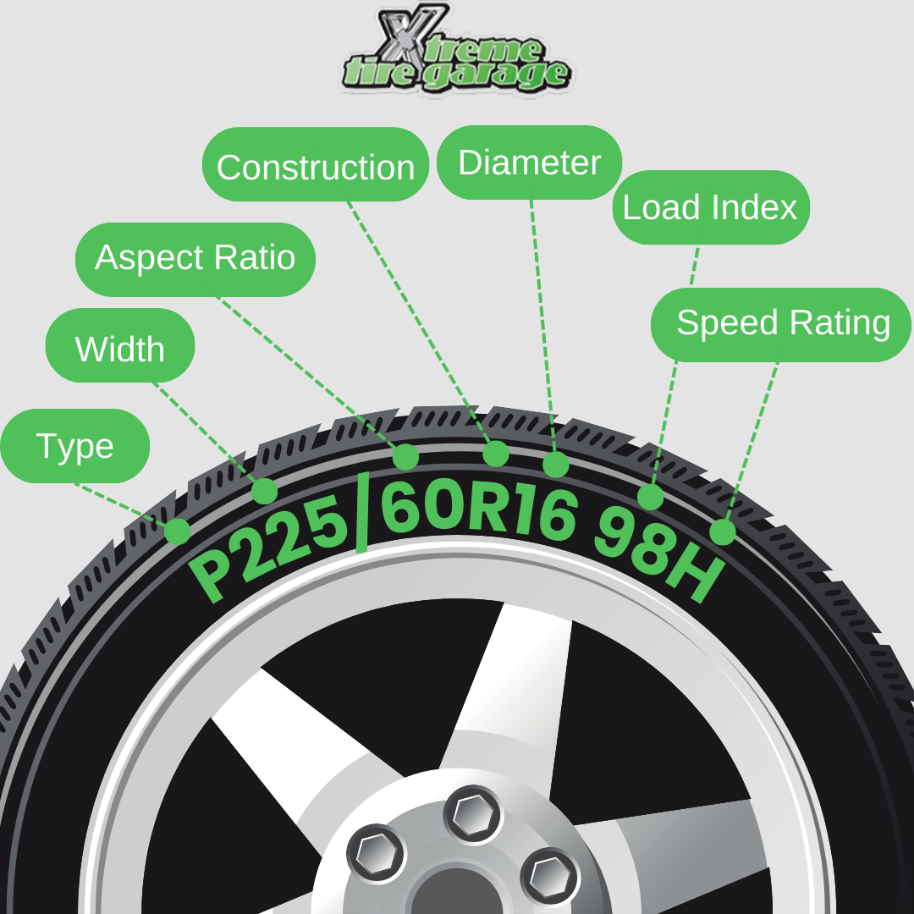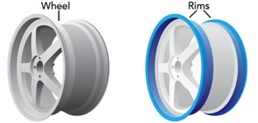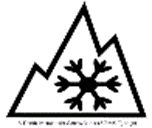Blog
How to Find & Read a Tire Size
September 6, 2023

Thinking your car is ready for new tires? If so, you may be looking for your tire size and come across a combination of confusing letters and numbers on your tire’s sidewall. We’ll go over everything you need to know to find and read your tire size.
Tire Sizing FAQ
Where can I find the information needed on the tire?
What do the numbers on the tire mean?
How can I determine the age of my tire?
What is the treadwear, traction, and temperature rating?
How do I know if my tire is suitable for snowy conditions?
How often should I check my tire pressure?
Where can I find the recommended tire pressure for my vehicle?
What does it mean if there’s uneven wear on my tires?
Where can I find the information written on my tire?
The information is typically moulded into the tire’s sidewall. You’ll find a series of letters and numbers that provide important details about the tire.
What does a typical tire code like “P225/60R16 98H” mean?

P = Passenger tire. This letter indicates the tire type. Euro-metric tires will not have a letter before the number sequence. Other letters you might see include LT (Light Truck), T (Temporary, for spare tires), and ST (Special Trailer).
225 = Width of the tire in millimetres from sidewall to sidewall.
60 = Aspect ratio. It’s the height of the sidewall as a percentage of the width. In this case, the height is 60% of 225mm.
R = Radial construction. Almost all modern tires are radial. Other types might be “B” for bias belt or “D” for diagonal.

98 = Load index. This is a numerical code corresponding to the maximum load the tire can carry.
H = Speed rating. This letter indicates the maximum speed the tire is certified to carry its load. H, for instance, is up to 130 mph (210 km/h).
How can I determine the age of my tire?
Look for the DOT code on the sidewall. The last four digits represent the week and year the tire was made. For example, “DOT U2LL LMLR 5117” means the tire was manufactured during the 51st week of 2017.
What is the treadwear, traction, and temperature rating?
These ratings provide information about the tire’s performance:
Treadwear: A relative measure of how long the tire tread might last. A tire with a treadwear rating of 200 might last twice as long as one with a rating of 100, under similar conditions.
Traction: A rating of how well the tire can stop on wet pavement. It’s graded from AA (highest) to C (lowest).
Temperature: This indicates the tire’s resistance to heat. It’s graded from A (highest) to C (lowest).
How do I know if my tire is suitable for snowy conditions?

How often should I check my tire pressure?
It’s recommended to check tire pressure at least once a month and before long trips. Always check the pressure when the tires are cold (haven’t been driven on for at least 3 hours).
Where can I find the recommended tire pressure for my vehicle?
The recommended tire pressure is usually found on a sticker inside the driver’s door jamb, inside the glove box, or in the owner’s manual.
What does it mean if there’s uneven wear on my tires?
Uneven wear can indicate a number of issues, including improper inflation, misalignment, or suspension problems. If you notice uneven wear, it’s a good idea to have your vehicle inspected by a professional.
What if the size of the tires on my vehicle is different than the size on the place card by the door?
There are some instances where a tire size may be different than the one listed on the place card or in the manual due to a different wheel package being installed on your vehicle. Typically, this alternate size is almost identical in overall diameter to the original size to ensure the vehicle still performs correctly. If the tires are over or undersized, this can affect the speed shown on the speedometer while driving, the odometer reading, and even, at times, impact electronics within the vehicle. If you are unsure if they are the correct size, consult with a professional, and they will be able to provide you with the correct information.
Xtreme Tire Garage Can Assist You with Your Tire Sizing & Replacement
This information provides a basic guide on how to find and read your tire size. However, there’s a lot more to know about tires. You can find additional information on your original tire size on the placard inside of the car door. Always refer to your vehicle’s manual and consult with professionals when making decisions about tire replacement or maintenance.
At Xtreme Tire Garage, we can help you determine if you need new tires, find the right tires for your vehicle based on your driving needs and get your new tires installed on your vehicle. We also offer other tire-related services like tire rotation, tire repair, tire balancing, and more.
Contact us by calling 905-274-8000 or emailing [email protected]. You can also get a quote online for our tire services or other repair and maintenance services.
WANT TO LEARN MORE? GIVE US A CALL!
Our Xtreme team will be more than happy to answer any questions you may have and assist you with anything you need.

